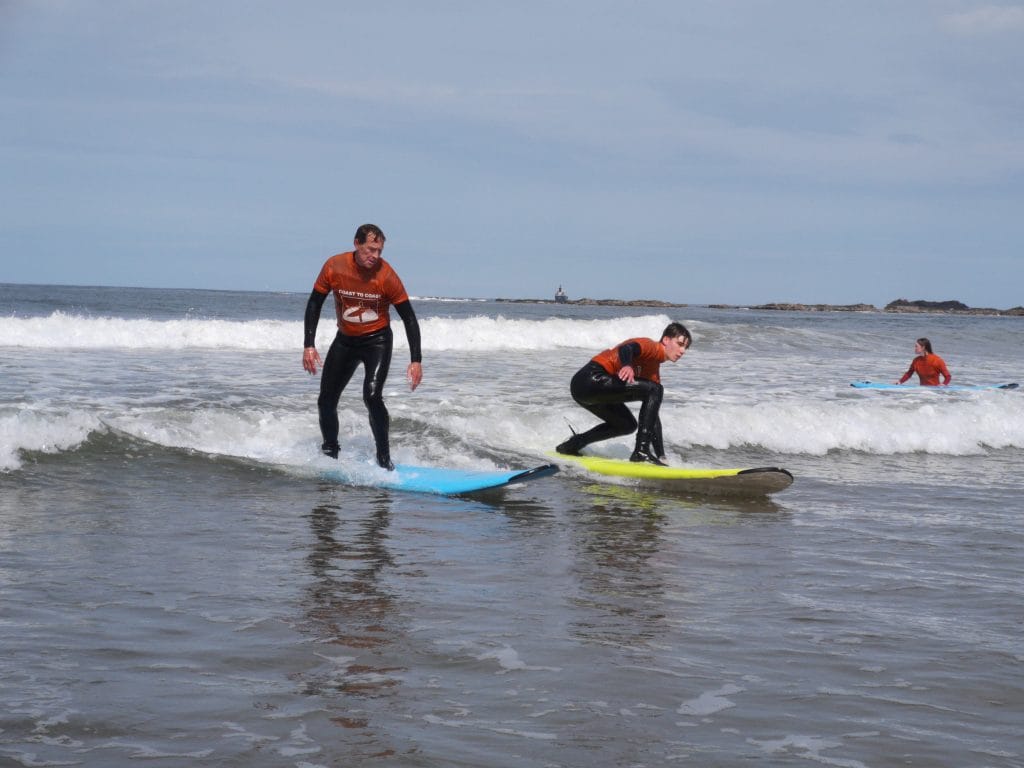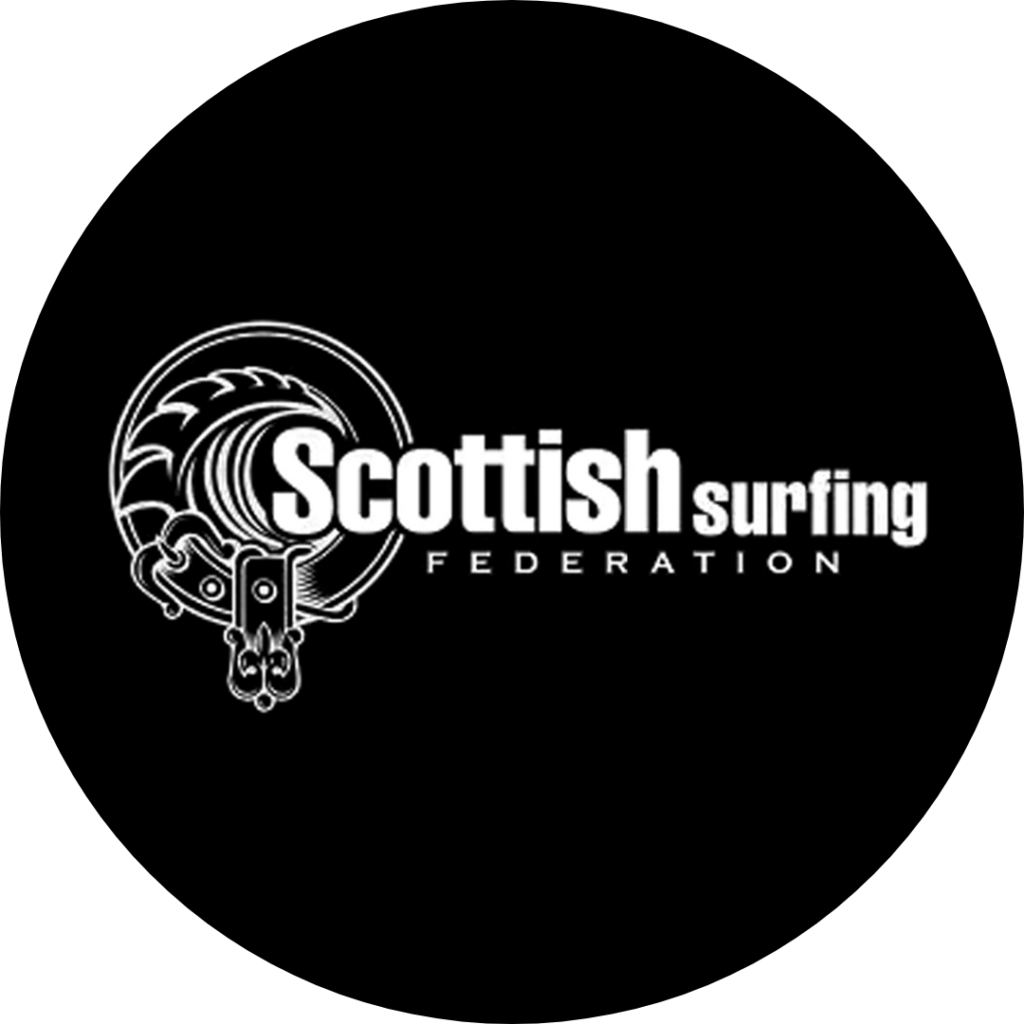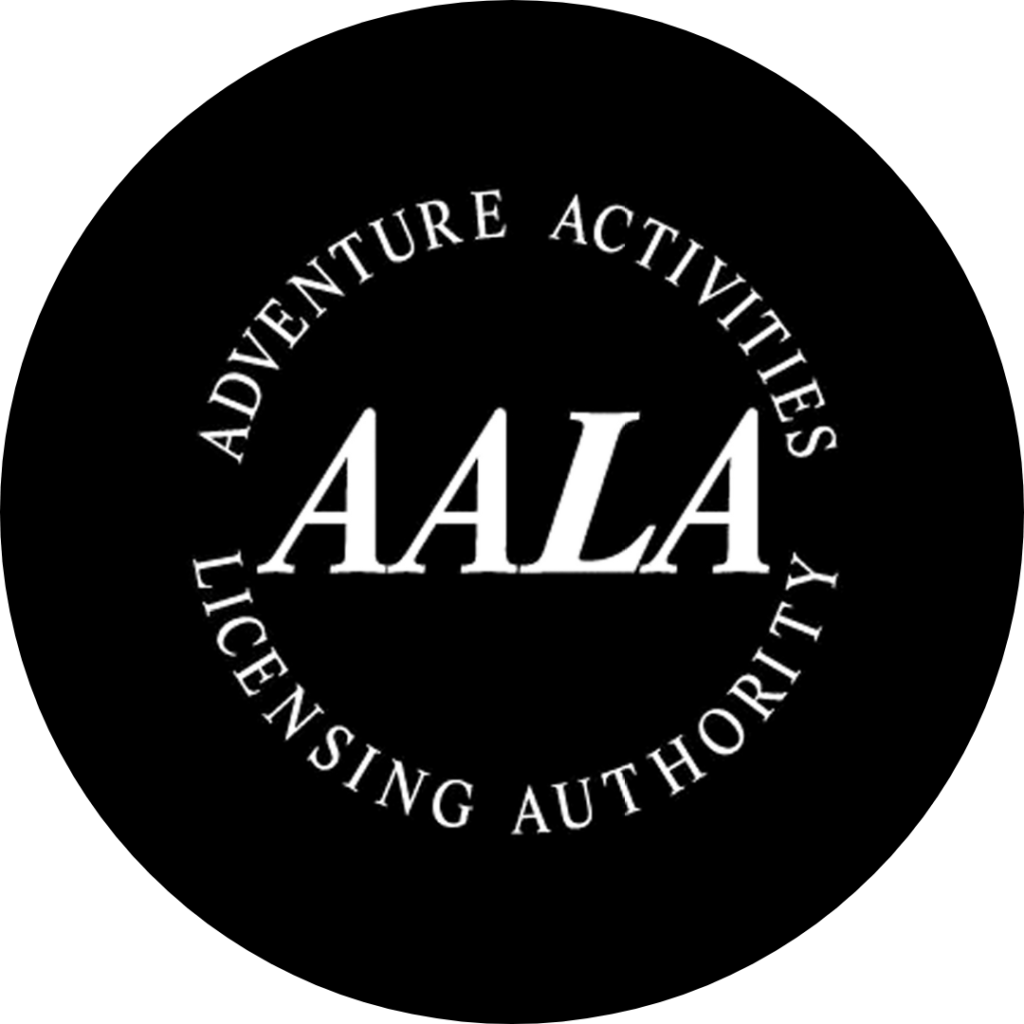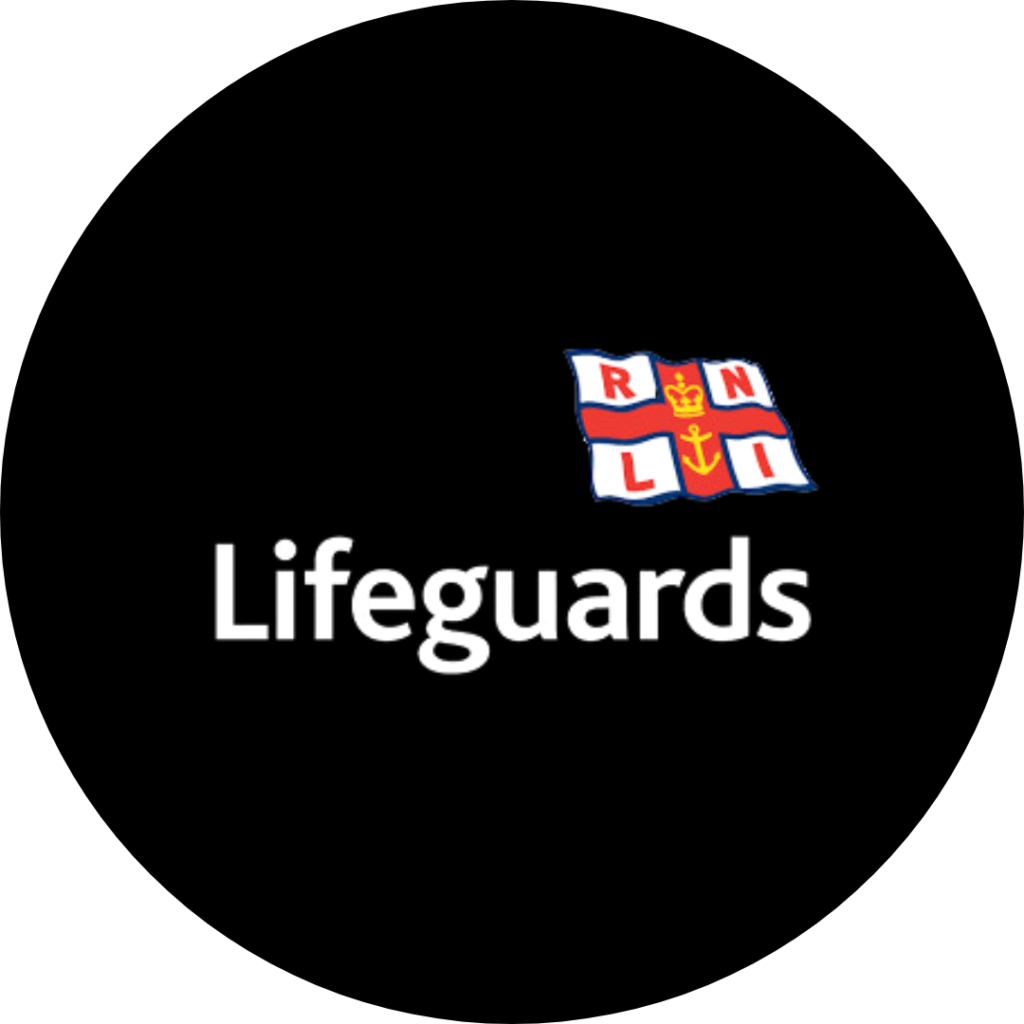One of the trickiest things when surfing in the ocean is reading the surf forecasts? Is it going to be good? Will it be too big? Too small? Which beach should I go too?
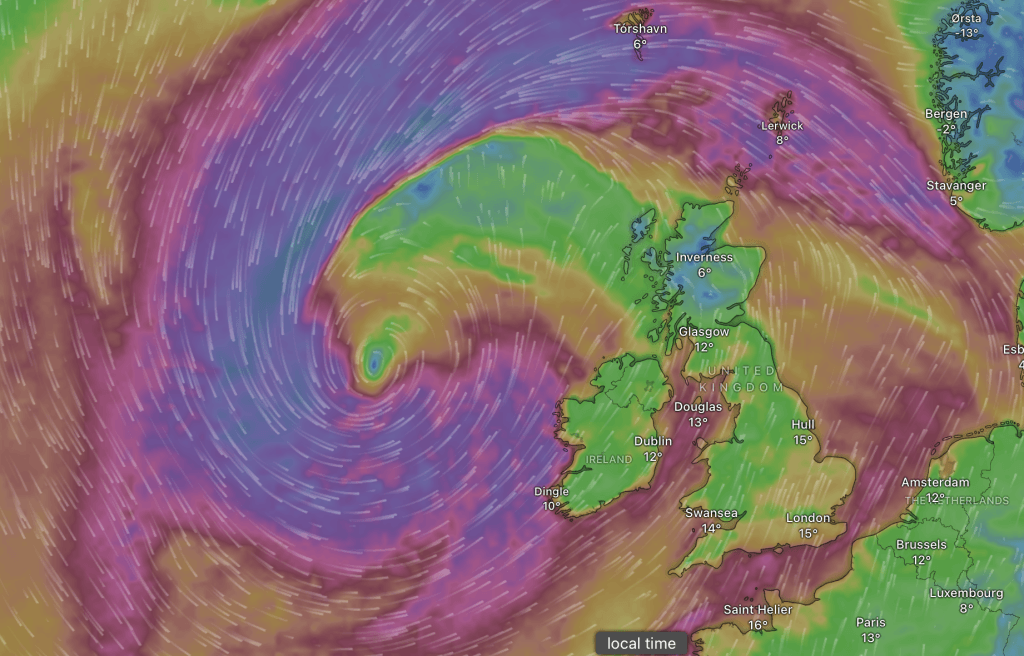
We do need to spend a little time to consider what’s important and how to interpret the forecasts to help make better decisions. Now days surf forecast sites can give you loads of data and even a prediction and opinion but is this right for you? In our experience a lot of beginner and improver surfers are missing a lot of good days for their level of surfing because they are not thinking independently. This is leading to inexperienced surfers surfing outside their comfort zones and a lot of empty small days.
As such it’s important to consider the factors that underline the surf forecasts and interpret the data for yourself. There is a lot to consider but if we start with a basic understanding of the following 6 elements it will help : Wave Period, Size of the Surf, Tides, Strength and Direction of the Wind, Swell Direction and Location of the Beach you want to surf.
Wave Period
Is the gap in seconds between waves and is normally a good indicator to the power that waves will have as the surf hits the beach. The East coast of Scotland is based on the North Sea and the period or gap between the waves in general doesn’t get that high. The North Sea provides most commonly between 7 and 10 seconds gaps per wave for our East Lothian coastline. This normally provides ample power for practice for beginners to intermediates just looking to have fun in the sea. Occasionally we can get surf with 11-16 second gaps especially from winter storms above Norway and even small long period swells can give powerful waist to shoulder high surf on our beaches.

Size of Surf
The size of waves in the sea is directly related to the strength of the winds creating the surf, the length of time the storm creates the waves and the distance the storm is generating winds over. These storms spin out the surf in different directions and the energy created travels to the coastlines around the storms. The surf size can be amplified if the energy waves have to track over a good distance away from the storm forming longer period waves. The surf size can also be amplified by the bathymetry of your beach and also by the swell direction coming towards your beach. For example if the swell direction comes directly from a North direction and you want to surf in East Lothian, Fife and the Aberdeenshire coastline provides a shadow effect from the coastal land masses and will block the full swell power. So if you go west of Dunbar to North Berwick it might be 1ft on a 6ft N swell while Dunbar could be 2-3ft. If you can get out of the shadow of the Aberdeen coastline further east its likely to be significantly bigger in Newcastle and Yorkshire (6ft +).
The Tides
In East Lothian Spring tides can range by as much as 6 metres from the highest to lowest point in the tidal range. Neap tides range is only 2 metres between high and low. As a result this can affect the surf as some locations are better on high, mid or low tides. The tidal effect can also be greater on spring tides and this can amplify surf size on the tidal push as it comes in.
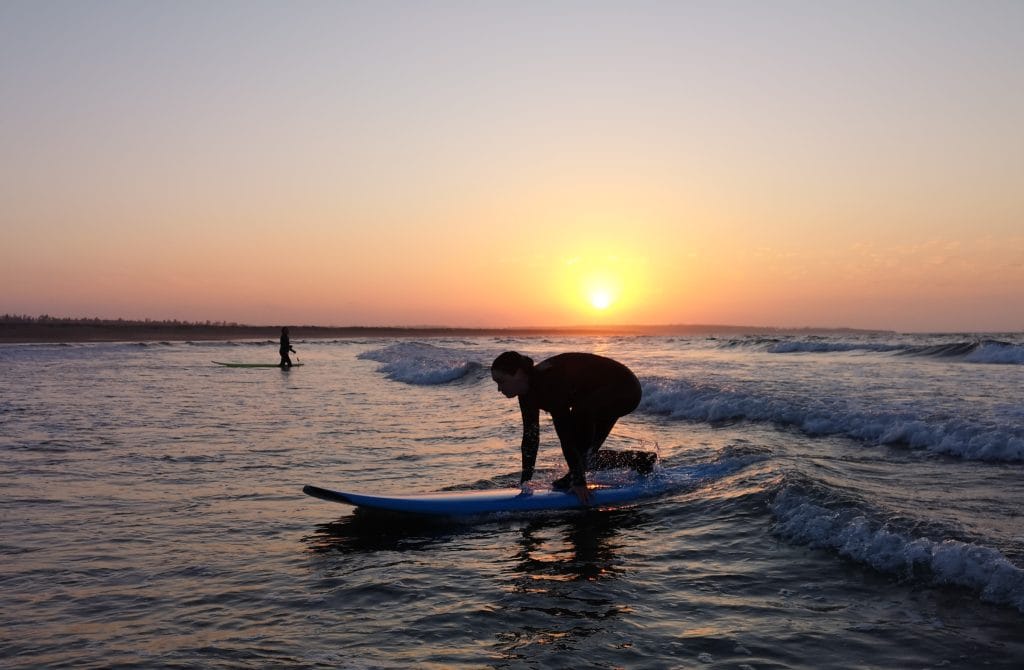
Strength of Wind and Direction
Ideally we want a good swell direction with waves coming towards our coastline while we a have light “offshore” winds coming off the land. Creating perfect easy to read linear waves.
Storms create wind out at sea transferring energy into the sea, this then forms energy waves of different speeds that gather and travel towards the coastline, eventually crash down on the beach as what we know as surfing waves. We can have onshore, cross shore and offshore winds which can all be surfed but the winds can create hectic seas when strong onshore. We also need to consider strong offshore winds too as these will create energy in the opposite direction of the incoming swell and can reduce the surf size but within enough time blow the surf flat.
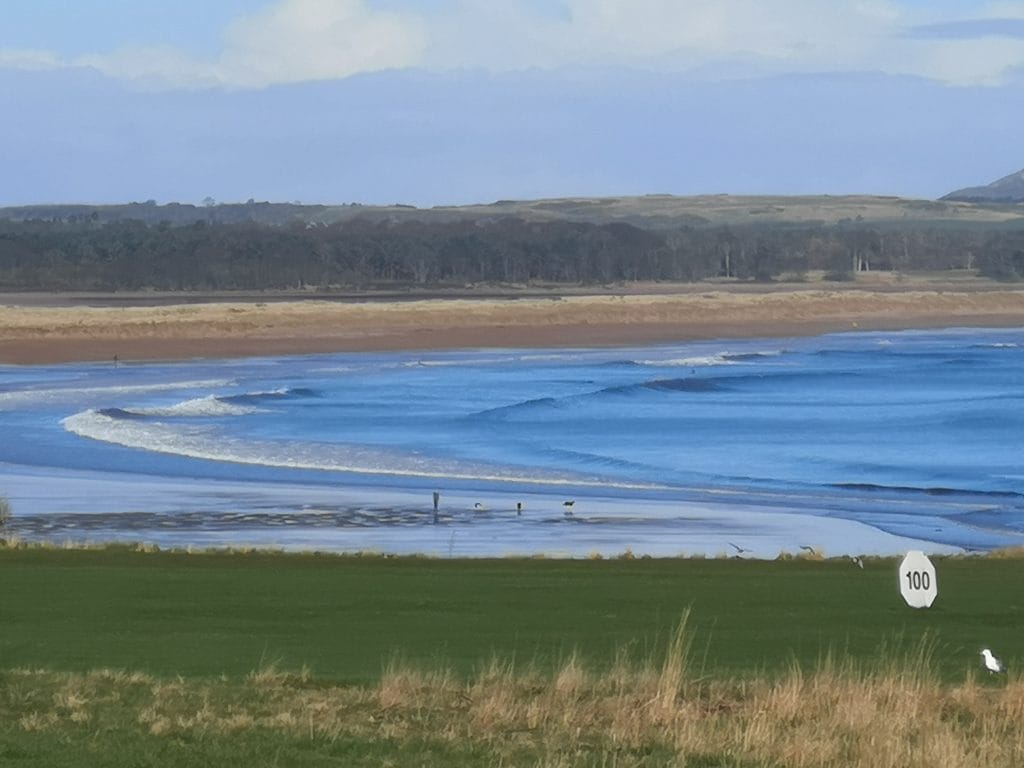
Swell direction
The swell direction (where the waves are heading too) can be critical to the wave size on your beach. If the swell direction is hitting the beach from a cross angle it is far less likely to see waves of the predicted sizes. Likewise if the swell is directly hitting the beach the wave will potentially be bigger than predictions. The swell direction can also effect the wave quality, with certain directions of swell producing A frame peeling waves and others causing the wave to close out in one motion along the entire beach. Getting to know your beach in all directions of swell will really help the quality of your future surf sessions. Exploring the coastline will also give you more options as most beaches will have an ideal swell direction and this may vary between beaches.
Location
Your location can be decided based on the forecast. And we would recommend you consider things like wind direction – could cliffs give you protection in strong winds? Is your location the best for the swell direction and winds? Belhavens cresent shaped beach offers multiple directions of offshore wind but can also offer options on big and smaller surf sizes, allowing the ability for all levels to surf from advanced to beginners to gain a variety of surf sizes.
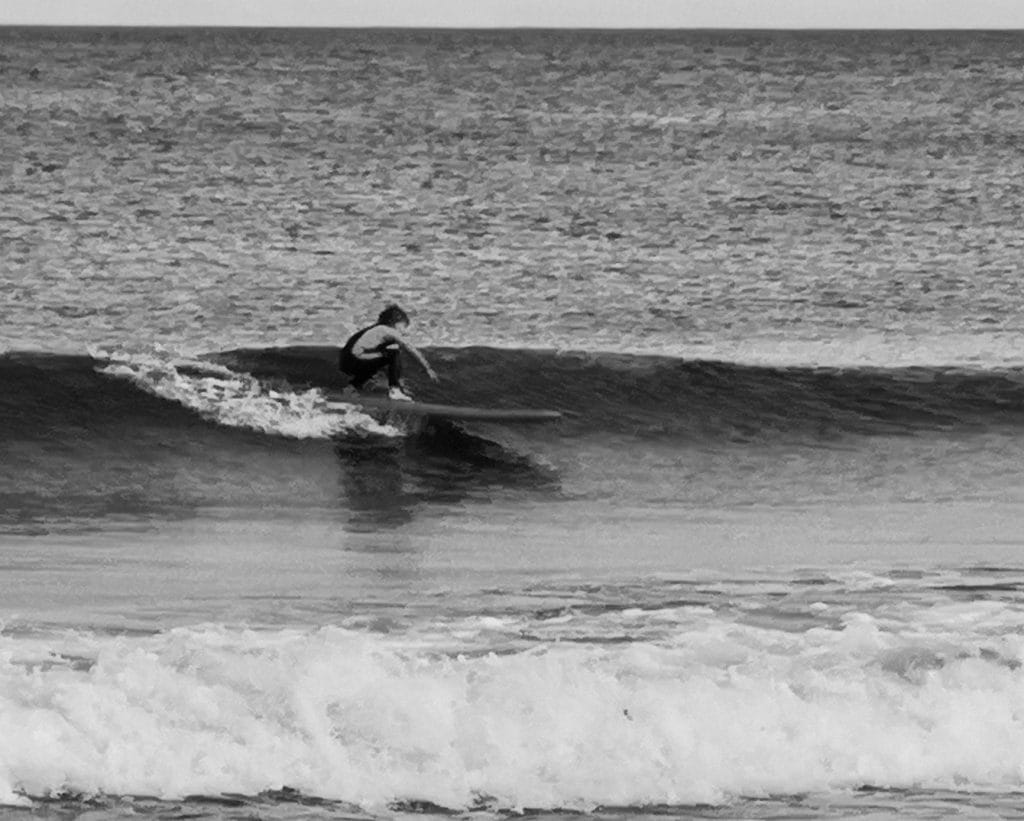
The above takes time to learn and you can’t substitute for experience. For Belhaven we recommend you look at the surf size and anything from 0.5-1.5ms or 1-4ft range will normally see good conditions for practice and progression. Check out our surf forecast page for good links and we try and update our interpretation of the surf forecast for Belhaven on a weekly basis.
If you would like more detail please sign up for our courses/ surf camps and we can help you understand more.
